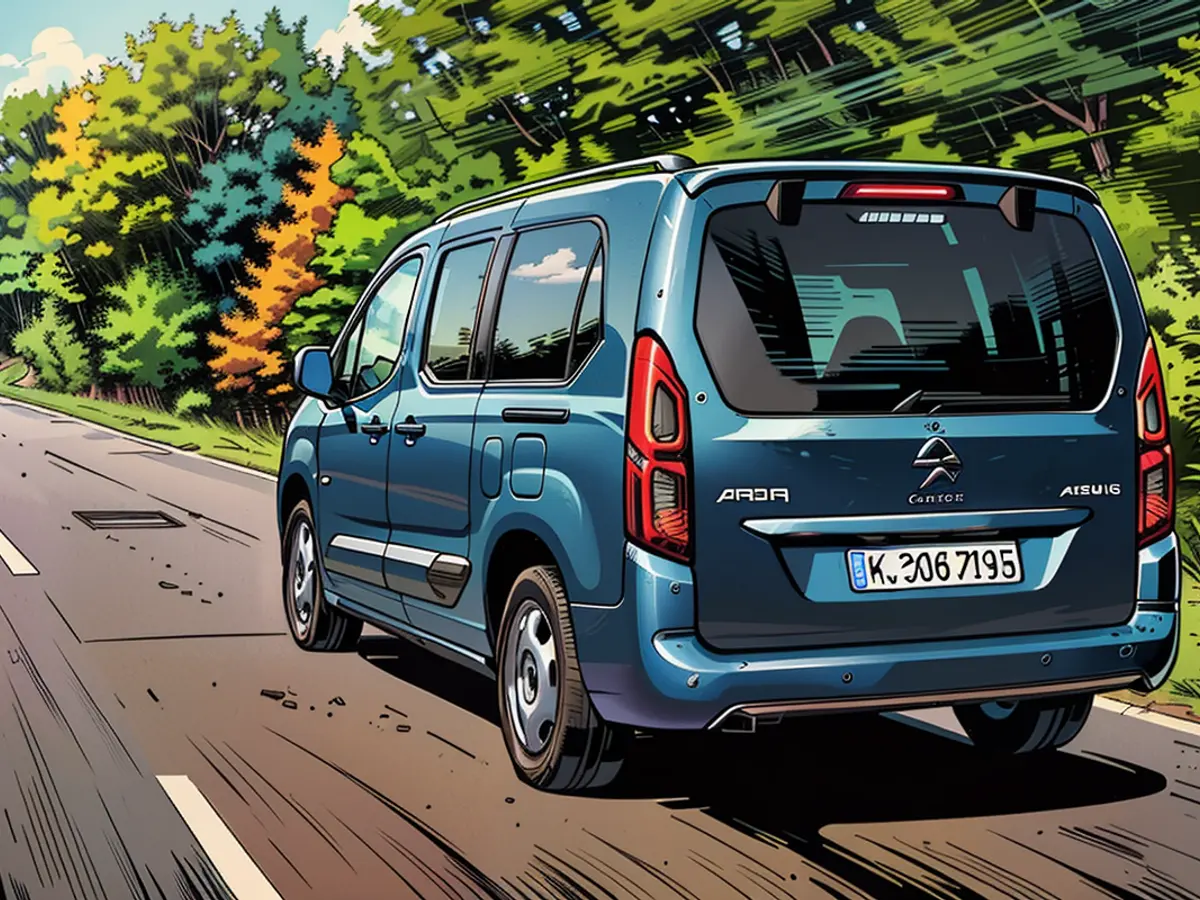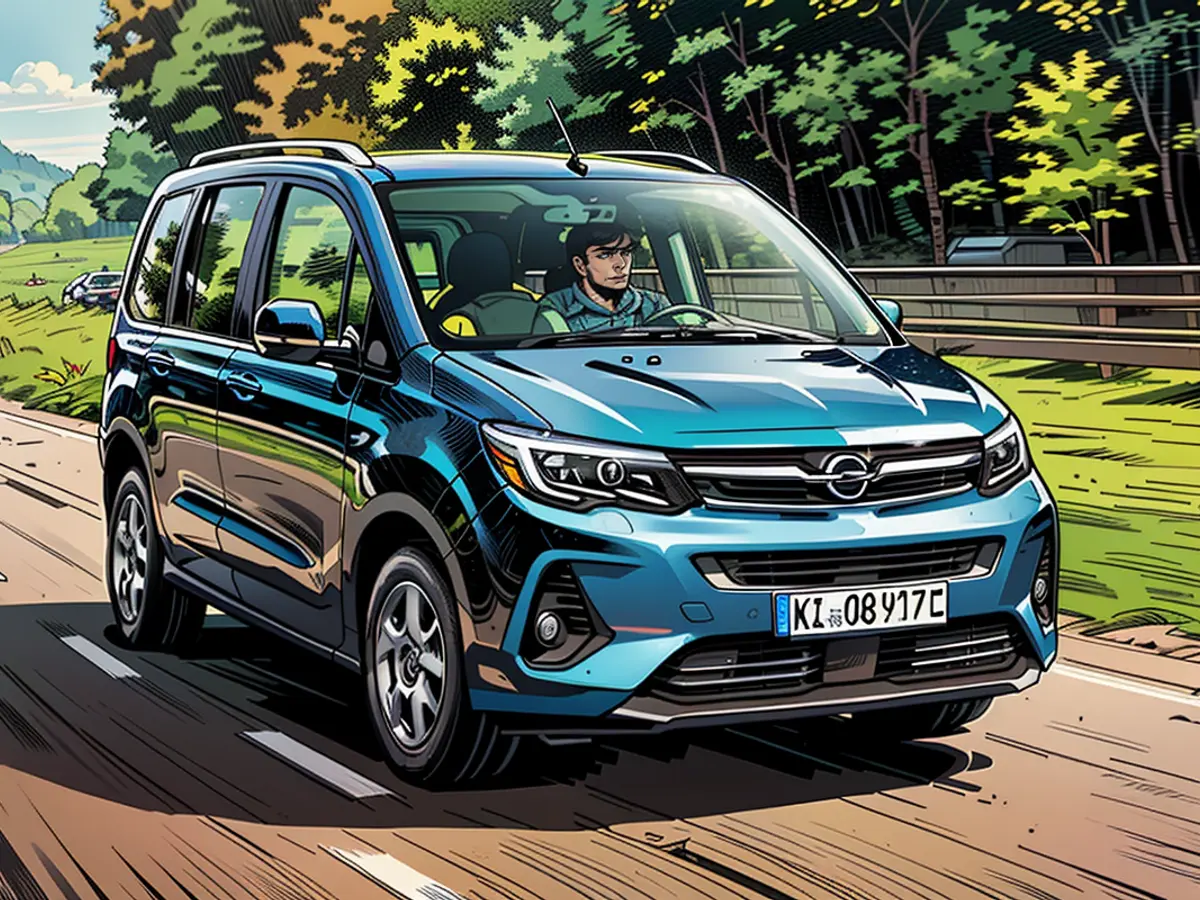Opel Combo Electric - now also as a passenger car
Opel targets families aiming to go combustion-free with the Combo Electric. Here's what the now available, slightly more luxurious estate car offers, as discovered by ntv.de.
When Porsche CEO Oliver Blume claims in an interview that the electric car is far superior to the combustion engine, it certainly gives pause for thought. Granted, at Porsche, this might hold true on a broader scale. Electric motors do react more sensitively, making dynamic driving processes more manageable - a relevant factor for the sports car brand. And in terms of efficiency, when considering the powertrain alone, this might also hold true. But let's not dwell on battery disposal, the promotion of critical raw materials, or the power mix.
Instead, let's focus on the Combo Electric, which I'm currently driving. As a passenger car, it's a practical, straightforward, yet comfortable alternative to the previous commercial vehicle version with panelled sides and spartan equipment.
Emotions aren't the point here, but rather the practical aspects. Let's talk about the powertrain. In this vehicle category, it's not exciting (even a combustion engine wouldn't generate goosebumps here), so it doesn't matter if it's a combustion engine or an electric motor under the hood. The electric motor, in fact, has advantages. It runs much quieter and more refined than, say, a diesel engine. This helps make a car in this class quieter, where sound insulation plays a less significant role due to cost reasons.
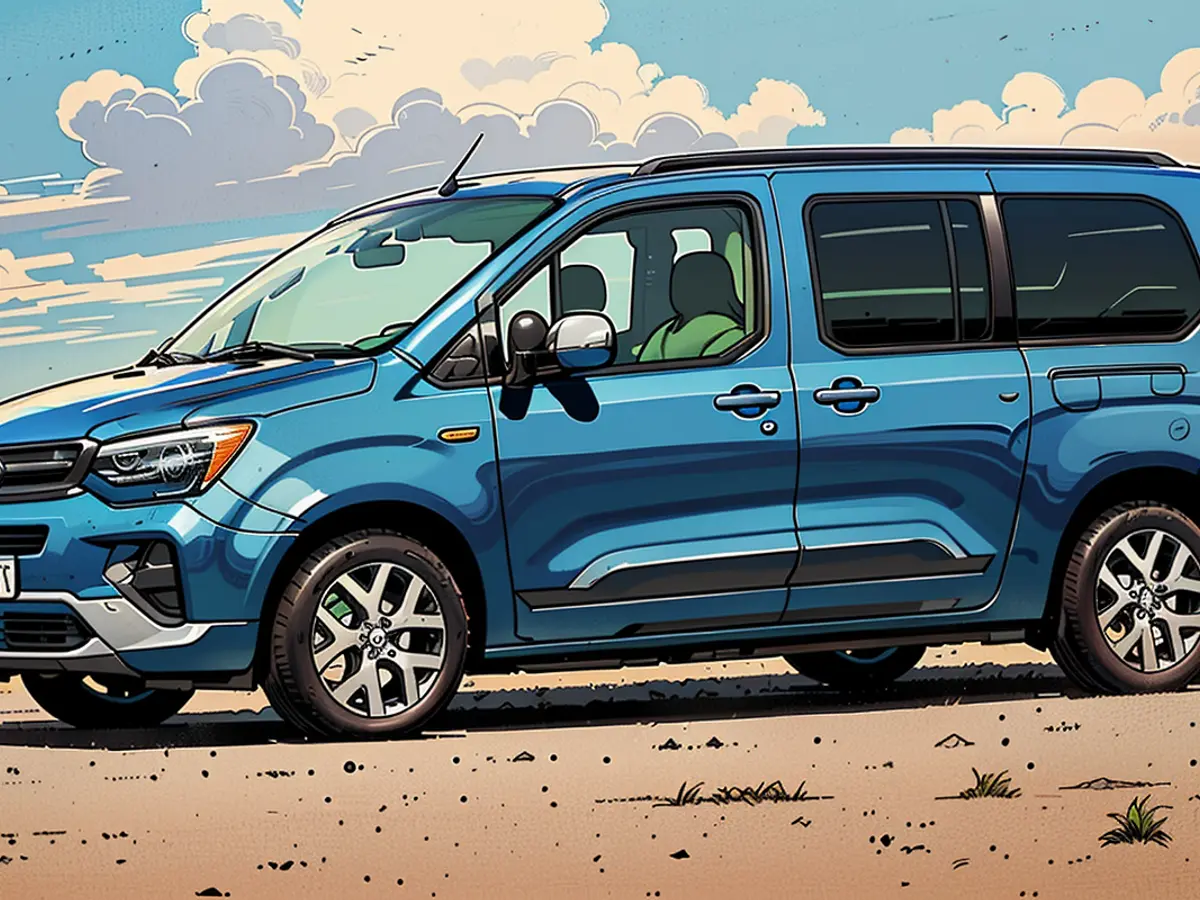
However, the electric powertrain does have one weakness, which is why it's often resisted. At least for now. And it can't be dismissed. The state of charge indicator shows it: With a full charge of 100%, the Combo is predicted to travel 318 kilometers. Does that hinder users from covering longer distances? Not necessarily. But driving habits are, of course, different. The Combo's traction battery takes about 30 minutes to reach 80% charge, according to the manufacturer.
But the driving experience makes up for it. With 136 PS, the 1.8-tonne all-rounder feels more agile than a comparable combustion engine, although the nominal acceleration - 11.3 seconds to 100 km/h - doesn't need to be more impressive. The electric motor delivers plenty of torque from the start (270 Newton meters) and doesn't waste time shifting gears, as there's only one. The electric motor's maximum speed is 135 km/h.
Opel's compact estate car offers plenty of space
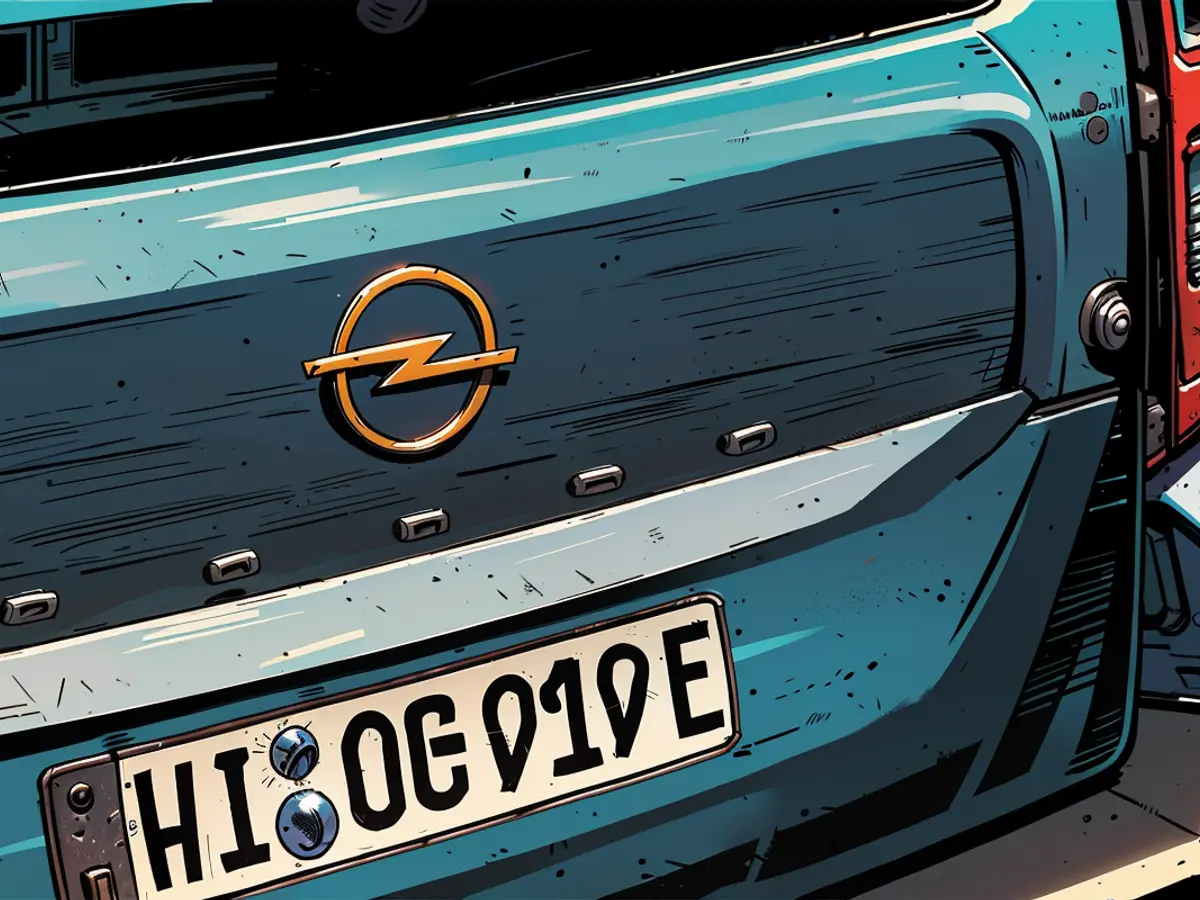
And what else? Upon entering, it's clear that the estate car is no longer a small car. The vast windshield is impressive. And yes, its height of 1.82 meters is also impressive, resulting in a spacious interior. Numerous compartments make the Rüsselsheim car ideal for classic family holidays with children in the rear compartment. However, adult passengers also have plenty of legroom in the second row, and the seats are comfortable. If you order the Combo in the XL version with an extra 19 centimeters of wheelbase (growing to 2.98 meters), Opel will install a third row of seats for an additional 750 euros, which can also be adjusted.
Back to storage once more. The most impressive feature is undoubtedly the accessible box in the rear of the roof (depending on the equipment, the rear window can be opened separately), into which rear passengers can reach from inside. This is practicality taken to the extreme. And incidentally, even the short Combo swallows more than 2000 liters of luggage with the seats folded down. The long version holds up to 4000 liters.
Meanwhile, rear passengers might be getting acquainted with their (quite airy) surroundings, but it's likely that the passenger's fingers are already dancing on the screen up front. But why not try out voice control? The software developers have stepped up their game to make the system much smarter. Ask it what a lithium-ion battery is or how many people live in Rüsselsheim. You might be surprised by the answer.
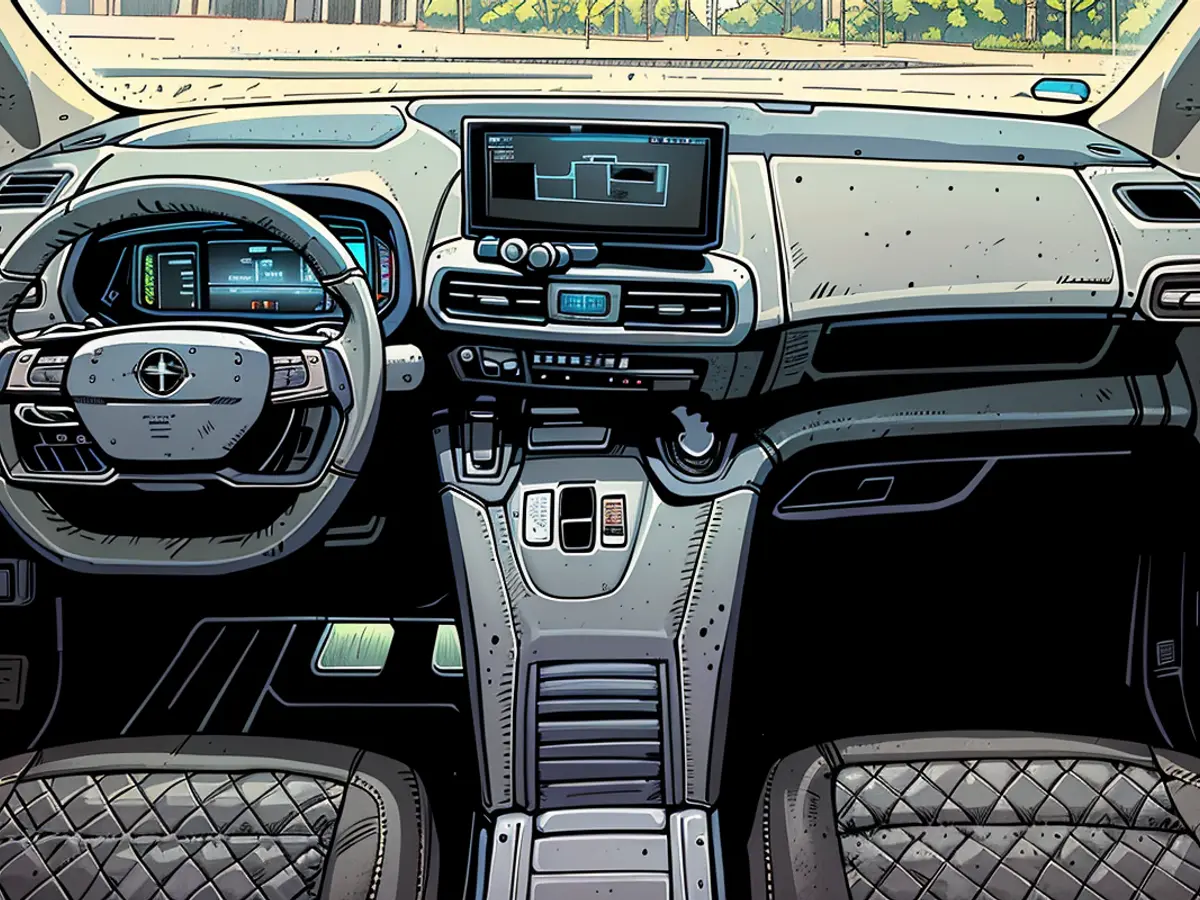
Speaking of lithium-ion batteries. The compact Combo (4.41 meters long) only has a 50 kWh battery. This is good for the environment - batteries consume resources. And for the wallet, as the battery is the main cost driver of electric cars. But the electric Combo is not exactly cheap, especially when compared to its combustion engine counterparts. Or is it? While there's no combustion engine Combo on the Opel website, Citroën offers its Berlingo sibling with a combustion engine again: starting at 24,890 euros. The electric Combo, on the other hand, starts at 38,600 euros.
However, the Opel also has a more powerful motor. If you choose a similarly powerful combustion engine, the price advantage disappears. Furthermore, the electric car has lower running costs. Vehicle tax is eliminated, and inspections are cheaper. And if company car tax becomes relevant, a lot will be saved thanks to the 0.25 percent rule. Whether the electric Combo offer will be accepted by many customers remains to be seen.
Despite the higher initial cost, the electric Combo offers lower running costs due to eliminated vehicle tax and cheaper inspections. Moreover, the Combo Electric, alongside its sibling the Citroën Berlingo, targets families seeking electric mobility with its practical and comfortable estate design, offering spacious interiors and a variety of storage solutions.
